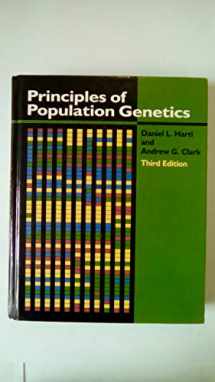
Principles of Population Genetics
Book details
Summary
Description
Principles of Population Genetics, Third Edition, provides a balanced presentation of theory and observation for students at the undergraduate and graduate levels. In response to suggestions from students and instructors, the book has been trimmed more than 100 pages and rewritten with the goal to optimize its use as a teaching aid. It introduces the principles of genetics and statistics that are relevant to population studies, and examines the forces affecting genetic variation from the molecular to the organismic level. Integrated throughout the book are descriptions of molecular methods used to study variation in natural populations, as well as explanations of the relevant estimation theory using actual data. Chapter 1 presents the fundamental genetic and statistical concepts in population genetics. Chapter 2 reviews the types and prevalence of genetic variation in natural populations. This is followed in Chapter 3 by a detailed examination of the implications of random mating for one locus and multiple loci. Chapter 4 examines population subdivision and its consequences for the distribution of genetic variation among subpopulations, including the hierarchical F statistics used in estimating these effects. Chapters 5 through 7 deal with mutation, migration, natural selection in all its varieties, and the consequences of random genetic drift. Molecular population genetics, including coalescent theory, is the subject of Chapter 8. Quantitative genetics is covered in Chapter 9, from the standpoint of genetic variance and covariance components as well as with respect to molecular markers used to detect quantitative trait loci (QTLs). Applications of principles discussed in the text are illustrated by numerous examples of worked problems, using actual data. Each chapter end, in addition to a complete summary, offers several problems for solution, to reinforce and further develop the concepts.


We would LOVE it if you could help us and other readers by reviewing the book
Book review



